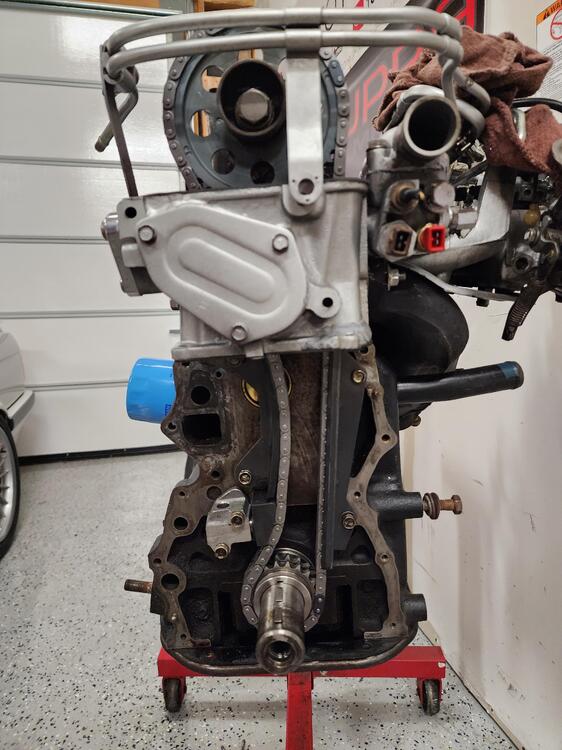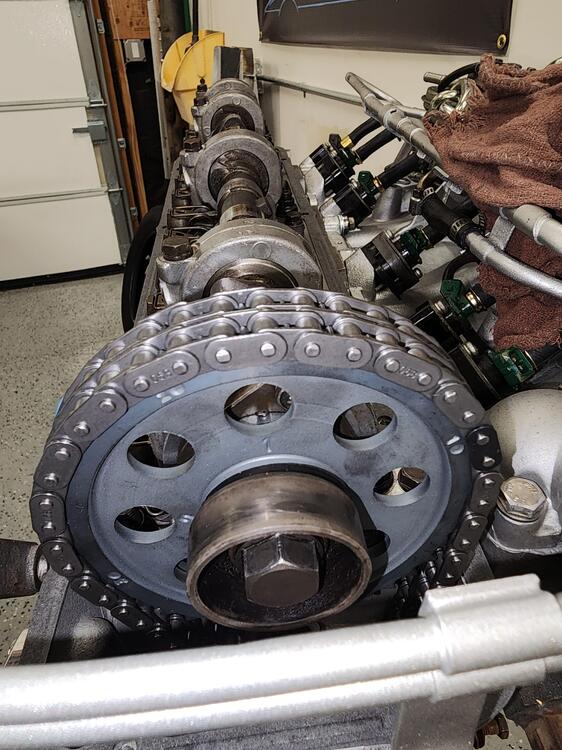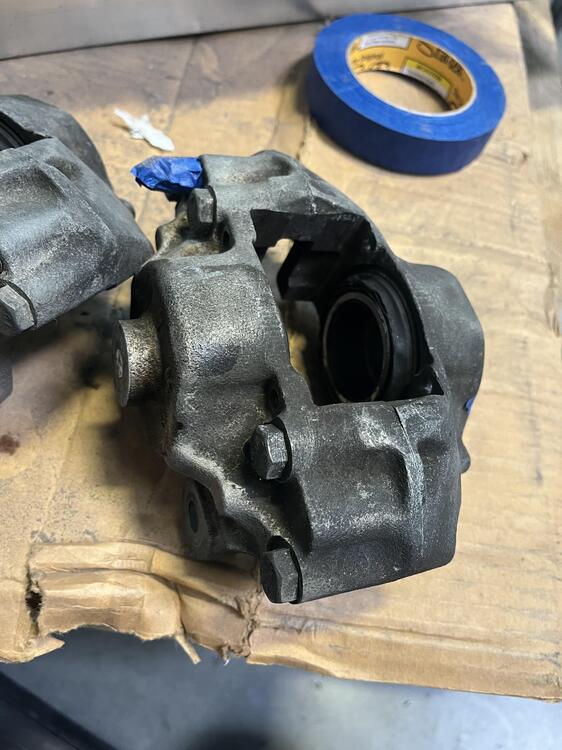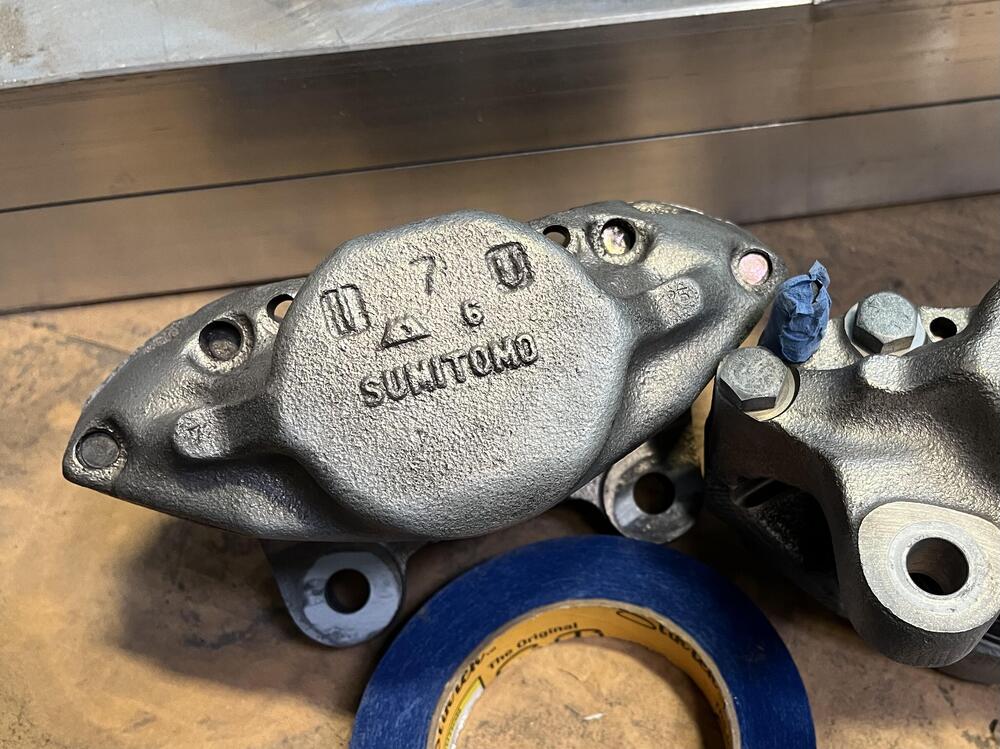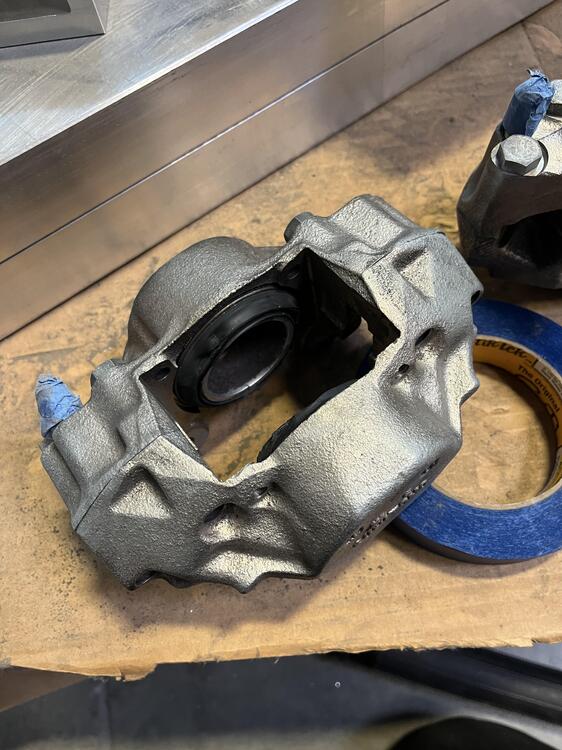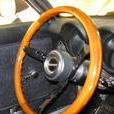Well, for whatever reason, my response from this weekend didn't post, but thanks to the software at this site, it wasn't gone forever.
Let's look at the circuit for the fan. This is for the 240Z, so it doesn't show the ignition relay, but this is close enough for testing purposes. Also, this assumes you don't have factory AC in your car. The easy way to tell is that the factory AC cars had a 4 speed switch. (You have factory AC per another thread.)
So, there is a 2 pin connector on the fan motor. Unplug it.
With the key in ACC or ON, you should see voltage to ground at the red wire on that connector. Test for that and report your results.
If you do see voltage to ground, you can turn the key to OFF. Now we will focus on the black wire on the connector.
Put the fan switch on high.
Measure resistance to ground on the black wire and record your results.
Put the switch on medium.
Measure resistance to ground on the black wire and record your results.
Put the switch on low.
Measure resistance to ground on the black wire and record your results. (Are you noticing the pattern, yet?)
Report your results so we can see what to diagnose next.
.jpg.697cae2dec04e3d7f78231df77a31622.jpg)
 Subscriber
Subscriber 2Points2,733Posts
2Points2,733Posts







